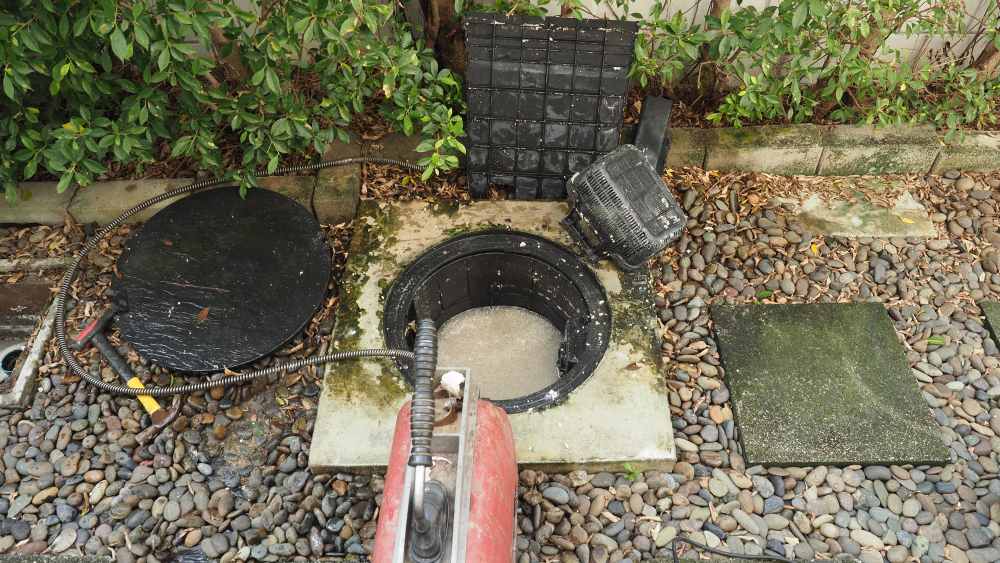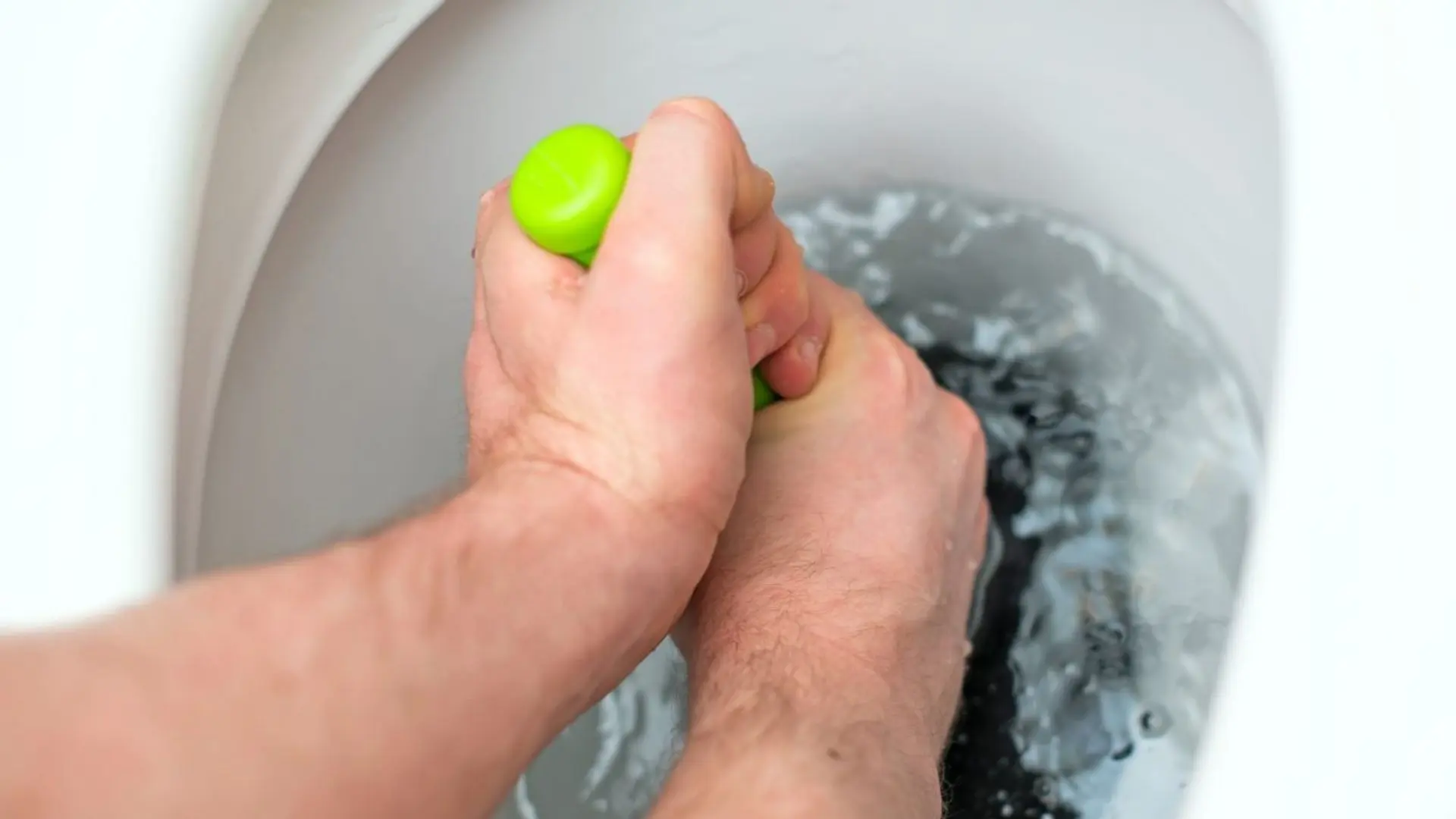What are your thoughts about What I learned from trying to deal with a clogged drain?

Introduction
Taking care of a blocked drainpipe can be a frustrating experience, interfering with day-to-day activities and possibly creating damages to your residential property. However, before reaching out to plumbing experts, there are steps you can take to deal with the concern on your own. In this guide, we'll check out do it yourself remedies and preventive measures to deal with an obstructed drainpipe efficiently.
Determining the Issue
The first step in resolving a blocked drain is recognizing the signs. Sluggish drainage, gurgling noises, foul odors emanating from drains pipes, or water backing up are common indicators of a blocked drain. Identifying these signs early can help avoid even more problems.
Choosing the Right Pipes Solution
When picking a pipes service, consider variables such as experience, licensing, and consumer reviews. Pick a reliable plumber with a record of high quality workmanship and clear pricing methods.
Cost Considerations
The price of specialist drain cleaning company can vary depending upon the severity of the obstruction and the plumber's rates. Demand quotes from numerous service providers and ask about any service charges to make certain transparency and avoid surprises.
Security Measures
When trying do it yourself drainpipe cleansing, prioritize security. Wear safety handwear covers and eyeglasses to prevent contact with unsafe chemicals or microorganisms. Never ever mix different drainpipe cleansing items, as this can create harmful fumes.
Case Researches
Real-life instances illustrate the effectiveness of DIY solutions and the significance of prompt professional intervention in solving drain obstructions.
Usual Sources Of Blocked Drainpipes
Comprehending the aspects that add to drain blockages is vital for effective resolution. Usual perpetrators include hair, soap residue, grease, food particles, and foreign things like sanitary items or paper towels. Tree roots attacking underground pipelines can also trigger substantial blockages.
Do it yourself Solutions
For small blockages, a number of DIY remedies can be effective. Pouring boiling thin down the drainpipe can help liquify grease and debris. Baking soda and vinegar or a blend of salt and cooking soda can function as all-natural cleansers. Making use of a plunger or plumbing snake to dislodge obstructions is another option.
Tools and Equipment
Having the right tools available can make do it yourself drainpipe cleaning up a lot more effective. A plunger is a flexible tool for removing obstructions in sinks, toilets, and showers. A plumbing serpent or auger can get to deeper clogs, while drainpipe cleansing chemicals can be utilized very carefully for persistent obstructions.
Preventive Measures
To stay clear of future obstructions, taking on safety nets is important. Install drainpipe guards or strainers to capture hair and debris before they get in the pipes. Routinely flush drains pipes with hot water to dissolve oil accumulation, and prevent throwing away oil or solid waste down the tubes.
When to Call an Expert
While do it yourself remedies can deal with small clogs, certain indicators show the demand for professional assistance. Relentless clogs, foul odors regardless of cleaning up initiatives, or numerous drains backing up concurrently are warnings that call for experienced intervention.
Final thought
By following the suggestions described in this overview, you can efficiently take on blocked drains pipes and stop future plumbing problems. Whether opting for do it yourself remedies or seeking specialist support, prompt activity is key to keeping a healthy plumbing system and maintaining the integrity of your home.
How to Clear a Clogged Drain Yourself (And When to Call In the Professionals)
What Can Clog a Drain
Dirt Skin flakes Hair Grease Soap scum Food Offset pipes Tree roots Small objects Mineral buildup DIY Tricks to Unclog a Drain
You can fix this! Once you have identified the source of the clog (or have a vague idea), you can try one or a combination of these fixes in order to clear your plumbing.
Wire Hanger or Snake
Untangle and clear out hair from a drainpipe with a homemade snake. Use a straightened-out wire hanger with a 90-degree angle hook to locate the clog and drag out any unwanted material.
Remember not to push the clog further down to where the wire hanger cannot reach! If you need to follow up with a plunger, give it a try. Your efforts might be more successful after it’s been wire-snaked.
If you want to get fancy and don’t have a wire hanger to spare, head to the store and pick up a hand-operated drain snake. You can get one for $10-$30. It may save you the hassle, and provide additional length to reach deep into the clogged pipe.
Plunger
A cup plunger has a suction cup attached to a wooden handle. The rubber creates a seal around the drain, and increases the pressure force of the plunger.
Plunge for 30-second increments to loosen the clog. This may need to be repeated over the course of 15-20 minutes. Once plunged, run the water to flush the remaining material out of the drain.
Remember– never use a plunger if you have used a chemical drain cleaner. These chemicals can splash up from the force of the plunger and cause serious injury or burns.
Boiling Water
Hot water can sometimes break up materials into a flushable amount. Dirt, grease, and soap buildup requires heat in order to unstick from surfaces.
Take your kitchen kettle and heat your water to a boil. Once it reaches a rolling boil, pour it directly down the drain into the blockage. Carefully follow with plunging, if necessary.
Don’t worry if this takes more than one try! It can often take multiple kettles and repeated plunging in order to clear a particularly stubborn clog.
Chemical Drain Cleaner
As a last resort, pick up a bottle of chemical drain cleaner. Drain-cleaning chemicals are potent, and not very good for the environment.
You may need to wear protective eyewear in gloves before handling your bottle of chemical drain cleaner. Follow the instructions printed on the bottle, and flush with water as soon as the instructions allow. Do not follow with plunging.
Baking Soda and Vinegar
As a safer alternative to chemical drain cleaner, baking soda and vinegar can create a chemical reaction that clears tough clogs.
Combine one cup of cleaning vinegar with one cup of boiling water, and set aside. Once you have done this, pour half a cup of baking soda down the drain. Give the baking thirty seconds to settle and cover a large portion of the problem drain.
Following the baking soda, pour down your vinegar and hot water solution. Once the vinegar and baking soda combine, the mixture will bubble and fix. Let this reaction fizzle in the drain for about an hour.
After an hour, follow with a kettle’s worth of hot water. The heat and liquid should flush out any remaining material.
When to Call a Plumber
If your DIY attempts haven’t cleared your clog drain, it’s time to call in a professional. It’s not worth losing access to your kitchen sink or high-traffic bathroom. A clog in a vital area can keep you from the things you’d rather be doing, and derail your routine.
Anytime a clog is causing water to spread is a time to call in a plumbing service. What starts out as a little bit of water can quickly grow into serious, expensive water damage.
Additionally, a serious clog can result in burst pipes or serious leaks. Make sure you know when to take it seriously!
https://myguysnow.com/how-to-clear-a-clogged-drain-yourself-and-when-to-call-in-the-professionals/

Do you enjoy reading about Some easy tips to fix blocked drains? Write feedback directly below. We'd be happy to know your suggestions about this blog post. Hoping that you visit us again later on. You should take the opportunity to share this blog if you enjoyed it. Bless you for your time. Don't forget to visit our blog back soon.
Call Today